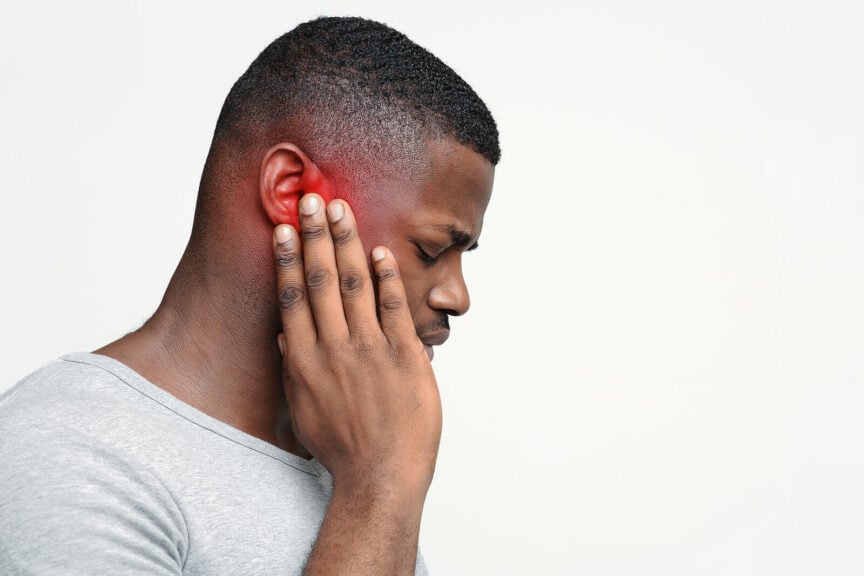There’s a trend we really don’t think is worth the hype – ear candling. Some say it’s a miracle worker for cleaning ears and boosting overall well-being, but the reality is far from that. In fact, it can do a lot more harm than good! Let’s talk about ear candling, why it’s not something you should try, and what safer options exist for keeping your ears healthy.
What is Ear Candling?
So, what’s the deal with ear candling? Also known as ear coning or thermal-auricular therapy, this trend involves sticking a hollow candle into your ear canal and lighting it up at the other end. People who are into ear candling claim that it can:
- Clear out earwax and toxins
- Improve your hearing
- Treat ear infections
- Ease sinus congestion
- Boost your overall well-being
But here’s the catch – there’s little to no scientific proof backing up these claims. In fact, the medical world mostly considers ear candling as ineffective and downright risky.
Why Ear Candling Is a Hazard
The big selling point of ear candling is that it can rid your ears of wax and toxins. But here’s the truth – studies have shown that ear candling doesn’t actually remove earwax or anything else from your ear. In some cases, it can even shove earwax deeper into your ear canal, setting you up for trouble. There’s also no scientific evidence that ear candling can remove toxins. What’s left in the candle after a session is typically just remnants from the candle itself, not any earwax or toxins from your ear.
Ear candling is also a safety hazard. Ear candling is like playing with fire – literally. Having an open flame near your ear is a recipe for disaster. Burns, damage to your skin and hair, or even your hair catching fire are all real risks. And yes, there have been incidents where people got burned, punctured their eardrums, or picked up infections from ear candling.
Finally, ear candling devices and the people who use them aren’t well-regulated. That means there’s a risk of untrained individuals performing the procedure, which could lead to more injuries. Whatever you do, don’t treat ear candling as a replacement for proper medical care. If you’ve got an ear infection, hearing issues, or any other ear-related trouble, you need to see a healthcare provider for the right diagnosis and treatment.
Better Ways to Care for Your Ears
Here are some safer, smarter ways to keep your ears healthy:
- Ear Drops: If you’re dealing with a bit of earwax buildup, over-the-counter ear drops made to soften and remove earwax can be a good solution. Talk to a healthcare professional to get the lowdown on how to use them correctly.
- Irrigation: Ear irrigation involves a medical provider using warm water to gently flush out earwax. It’s a safe and common method for handling earwax impaction.
- Ear Syringing: This one’s another safe bet. A healthcare provider uses a syringe to send a gentle stream of water into your ear to clear out the earwax.
- Microsuction: Got a case of really stubborn earwax? Microsuction might be the answer. A healthcare provider can use a small, gentle suction device to sort things out.
- Manual Removal: A healthcare provider can also manually remove earwax with special tools. But don’t even think about trying this at home – leave it to the professionals.
- Prevention Is Key: To avoid earwax buildup in the first place, avoid putting cotton swabs or anything else into your ear canal. That can push earwax deeper into the ear canal. Remember, earwax has a purpose – it’s protective. So unless there’s a real issue leave your ears alone.
Skip the Ear Candling, Embrace Safer Choices
In the world of wellness trends, it’s easy to be tempted by the latest and greatest. But when it comes to ear candling, it’s just not worth the trouble. It doesn’t live up to its claims, and it can be downright risky. So, instead of messing around with ear candles, opt for safer options like ear drops, professional irrigation, or manual removal by a trained expert.
If you’re feeling ear pain, have noticed changes in your hearing, or have constant ringing in your ears (that’s tinnitus), contact us today. We’re here to help!

